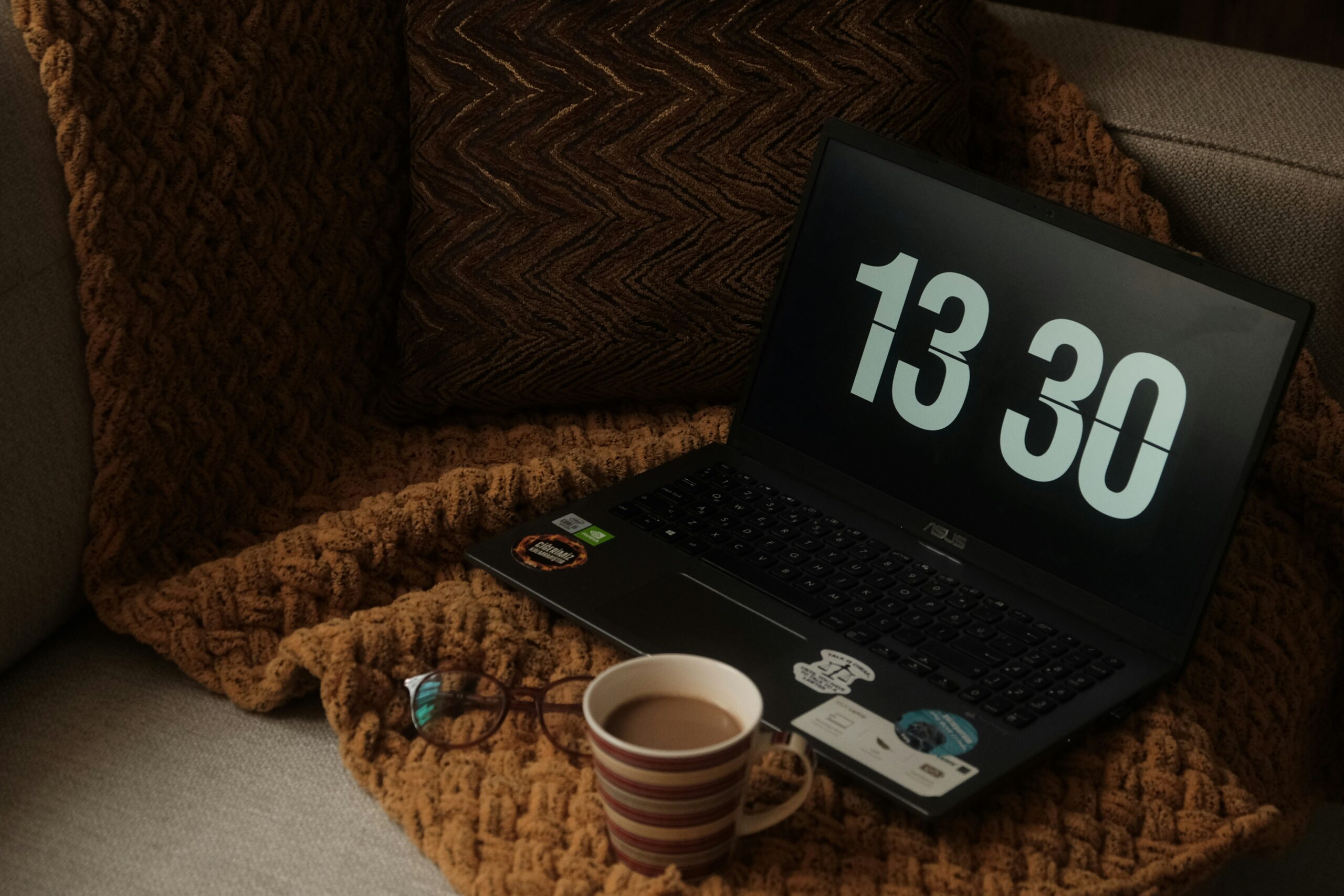
In today’s digital world, screen time has become a daily routine. We spend hours on phones, tablets, and computers for work, school, and leisure. While technology connects us and boosts productivity, it also brings a hidden problem: poor posture. This issue grows silently, affecting millions worldwide. Understanding how screen time impacts posture is vital to protecting your health and improving your daily comfort.
How Screen Time Affects Posture
Spending extended periods in front of screens encourages habits that harm the body. When people focus on their devices, they often lean forward, hunch their shoulders, or tilt their heads down, which puts stress on the spine, muscles, and joints.
The neck’s natural curve bends forward when staring at a screen below eye level. This “forward head posture” causes neck muscles to overwork and tire quickly. It also puts extra pressure on the vertebrae, leading to discomfort and stiffness.
As people slouch to get closer to their screens, their shoulders tend to round forward. This posture tightens the chest muscles and weakens the upper back muscles. Over time, the imbalance can cause shoulder and upper back pain.
Lower back posture also suffers. Sitting for long hours without proper support can flatten the natural curve of the lumbar spine. This causes strain on the discs and muscles, which may result in lower back pain or stiffness.
Even the hips and legs are affected. Sitting too long often leads to tight hip flexors, which pull the pelvis out of alignment. This can cause discomfort and affect walking or standing posture.
These posture changes do not happen overnight. They develop gradually, often unnoticed. However, their impact can lead to chronic pain and fatigue and even affect breathing and digestion.
Why Posture Matters
Good posture helps maintain balance and reduces joint wear. It keeps muscles and bones in proper alignment, allowing the body to move efficiently and without pain.
When posture is poor, muscles must work harder to support the body, which causes fatigue and soreness. Poor posture can also affect confidence and mood, as body language affects how we feel and present ourselves.
Poor posture can affect growth and development in children and teens, and it can also pose risks to adults, such as chronic pain and reduced mobility. Therefore, paying attention to posture is essential for overall well-being.
Signs Your Posture Is Affected by Screen Time
If you spend much time using devices, watch for signs of poor posture. Neck or shoulder pain after using your phone or computer is shared. Headaches can also result from tension in the neck muscles caused by forward head posture.
You may notice a rounded upper back or “hump” forming over time. Feeling tightness or stiffness in your chest and shoulders is another warning. Lower back discomfort after sitting long hours is typical.
Other signs include fatigue while working, difficulty standing up straight, or uneven shoulders when looking in the mirror. These signals indicate your posture needs attention before problems worsen.
How to Fix Posture Problems Caused by Screen Time
Fixing posture related to screen use requires conscious effort and some changes in daily habits. Fortunately, improvements often come quickly once you start.
First, adjust your screen setup. Place your computer monitor at eye level. This encourages keeping your head upright and reduces neck strain. For laptops or tablets, use stands or holders to raise the screen.
If you use a phone often, try holding it at eye level instead of looking down. This small change lessens neck bending and forward posture.
Sit in chairs that support your lower back. A chair with lumbar support helps maintain the natural curve of your spine. If you don’t have one, a small pillow or rolled towel can provide support.
Keep your feet flat on the floor and your knees at a right angle. Avoid crossing your legs, as this affects pelvis alignment.
Take breaks often. Standing up, stretching, and moving around every 30 minutes helps reduce muscle fatigue. Simple stretches for the neck, shoulders, and back can relieve tension.
Strengthening exercises are also practical. Focus on the upper back and core muscles. These muscles support good posture and balance the effects of slouching.
Practicing mindful posture is key. Check yourself regularly to keep your shoulders relaxed, your head aligned with your spine, and your back straight. Over time, this awareness helps develop better habits.
The Role of Technology in Supporting Good Posture
Technology itself can help improve posture. Apps and wearables remind users to take breaks and check their posture—some even guide exercises and stretches designed to combat screen time effects.
Using voice commands or hands-free options reduces the need to bend the neck forward. Adjustable desks that allow sitting and standing encourage better posture by varying body positions.
While technology contributes to posture problems, it offers solutions if used wisely.
The Long-Term Benefits of Correcting Posture
Improving posture benefits more than just the spine. It can reduce pain and stiffness throughout the body. Better posture improves circulation and breathing, leading to higher energy levels.
Correct posture also supports mental well-being. Standing and sitting tall often increases confidence and reduces stress.
Screen time is unavoidable in modern life, but it does not have to ruin your posture. Understanding the impact of screen use on your body is the first step. Minor changes to your environment, habits, and movement can reverse the damage and improve comfort.